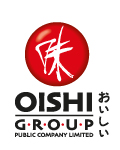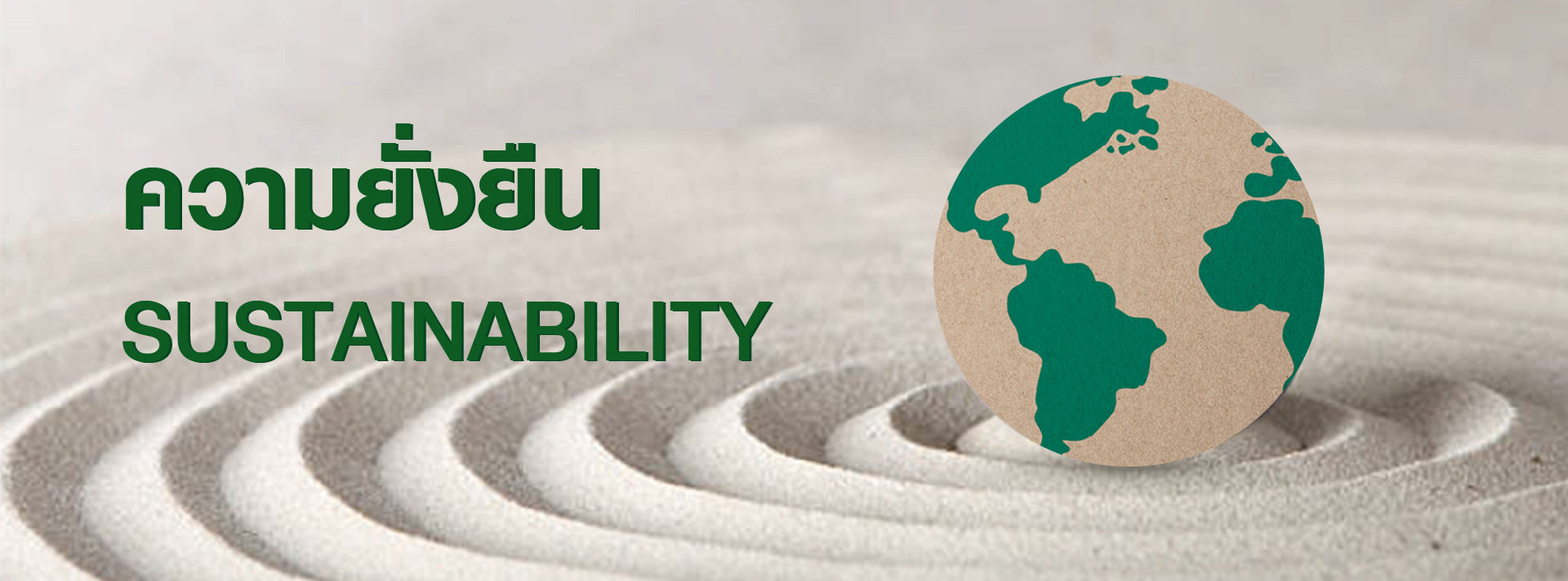Risk Management
OISHI has established the Sustainability and Risk Management Committee, which consists of the Board of Directors and
Senior Management appointed by the Board of Directors according to the appropriate amount, to manage risks by monitoring, assessing, and managing uncertainties, according to the OISHI Risk Management Framework. This is part of good corporate governance, to help spot key business risks and new opportunities for continued and sustainable growth, and be able to respond to challenges and mitigate impacts and take advantage of incidents to achieve the goal of leading and innovating Japanese-style food and beverage businesses to provide consumers with better quality of life and sustainable business growth.
OISHI adheres to sustainable development as a guide to conducting business based on economic, social and environmental responsibility. OISHI’s sustainable development strategy therefore covers good corporate governance and risk management, especially the risks that affect the sustainability of the Company. For effective risk management, OISHI implements enterprise-wide risk management in accordance with the guidelines of COSO: Enterprise Risk Management. The key elements are as follows:
1. Governance Structure covering the level of the Board of Directors, Executive Committee, Executives, Sustainability and Risk Management Committee, Audit Committee, and Corporate Governance Committee.
2. Understanding of Context and Strategies in Conducting Business with a Focus on Sustainable Development where all functions work closely together by analyzing and monitoring risk factors and significant future trends that may affect business operations or corporate strategies.
3. Holistic Risk Management Process from corporate to operating levels by collecting information, identifying and assessing key risks, and establishing strategies and systematic approaches for managing risks, including creating new business opportunities in line with the strategies and the sustainability materiality of OISHI.
4. Monitoring, Reporting and Evaluating of risk and sustainability measures at all levels, ranging from departments, subsidiary entities, business units to the corporate level, in a clear and continuous manner.
5. Sustainability and Risk Management Culture through training, process, and activities for executives and employees at all levels throughout the organization to create awareness on the importance of the sustainability and risk management to encourage engagement in the sustainability development and risk management of the organization.
OISHI’s Risk Management Process
1 Define Objectives
2 Identify Risks/Business Opportunities
3 Analyze and Assess Risks
4 Establish Management Measures and Indicators
5 Reporting, Monitoring and Evaluating
The Company makes an annual assessment on the Corporate Sustainability Risk against three parameters: environment, society, and economy. The degree of severity of risk relating to corporate sustainability and business opportunity falls into four groups: 1) Extremely High (E) 2) High (H), 3) Medium (M), and 4) Low (L). As a result, risk management is a challenge for the Sustainability and Risk Management Committee, and Executives concerned to ensure that it is effective. Furthermore, the Company has engaged in the Internal Sustainability Assessment in collaboration with ThaiBev to ensure that the integrity of our respective shared visions and values is mutually consistent.
Sustainable development and efficient and effective risk management take place within organizations where a culture of sustainability and risk is instilled as part of the organization. Therefore, to make all employees aware of the importance of sustainability and jointly develop sustainability, as well as preventing, monitoring and managing internal risks that may affect the sustainability of the organization, OISHI has made risk management a part of business decision-making, ranging from corporate strategic planning, budgeting, and day-to-day operations. It takes into account the balance between risk, business growth opportunities and stakeholder benefits. In the formulation of strategies, planning and operations, if there is an assessment of the potential risks and potential impacts on business operations, various risk issues will be presented to the Sustainability and Risk Management Working Group to collect information in the corporate risk register and report to the Sustainability and Risk Management Committee. In addition, the head of the Internal Audit Department is encouraged to attend training and seminars every year and to bring knowledge to transfer to executives and employees to enhance their knowledge and understanding of sustainable development and continuous risk management as well.


